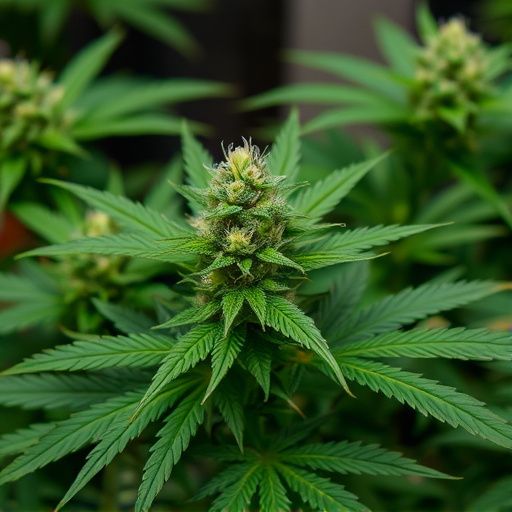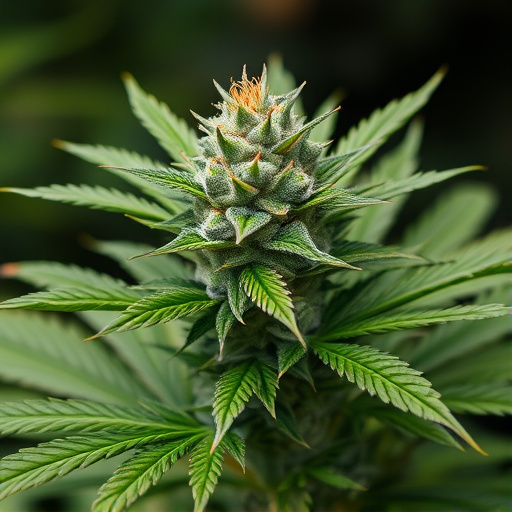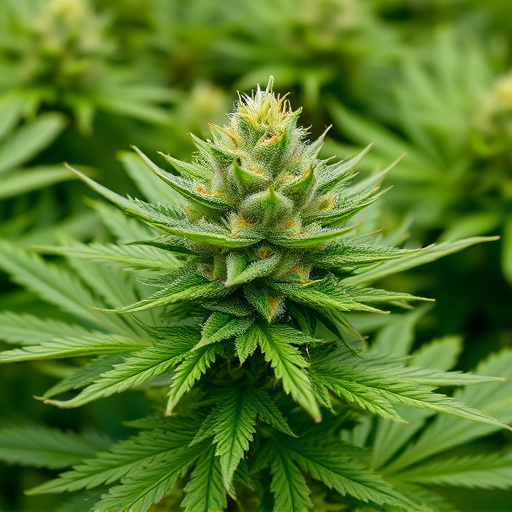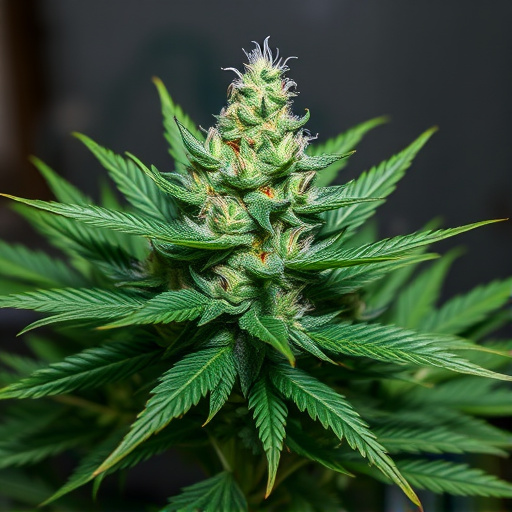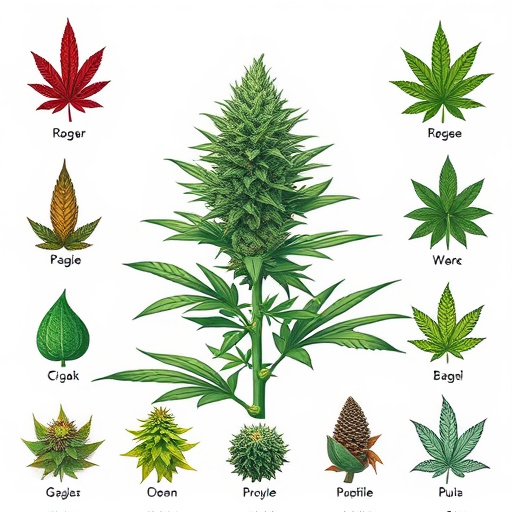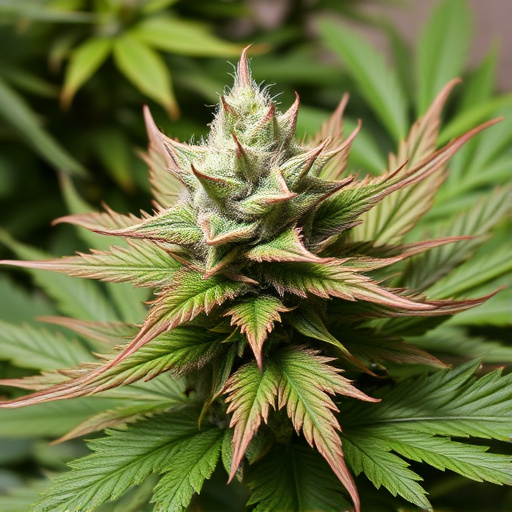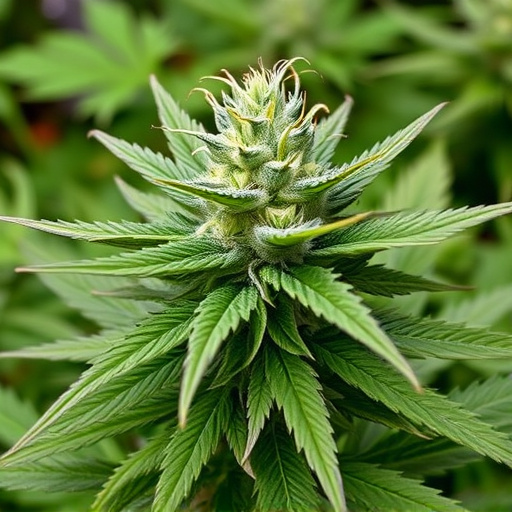Classic cannabis strains, high in THC, interact with our bodies' endocannabinoid system to increase appetite, a phenomenon known as "munchies." This effect varies across strains, from energizing sativas to relaxing indicas. While beneficial for eating disorders, responsible use is key, as excessive THC can disrupt normal eating patterns.
“Unraveling the relationship between THC (tetrahydrocannabinol) and hunger hormones reveals an intriguing dynamic that extends beyond recreational use. This article explores how THC interacts with our body’s appetite-regulating mechanisms, offering insights into the effects of both traditional and classic cannabis strains. From understanding the science behind THC’s influence to uncovering its potential benefits for users, we delve into a world where plant compounds meet human biology. Discover the complex interplay between classic cannabis strains and hunger hormones, shedding light on this fascinating aspect of cannabis research.”
- Understanding THC and its Interplay with Hunger Hormones
- The Impact of Classic Cannabis Strains on Appetite
- Potential Benefits and Considerations for Users
Understanding THC and its Interplay with Hunger Hormones
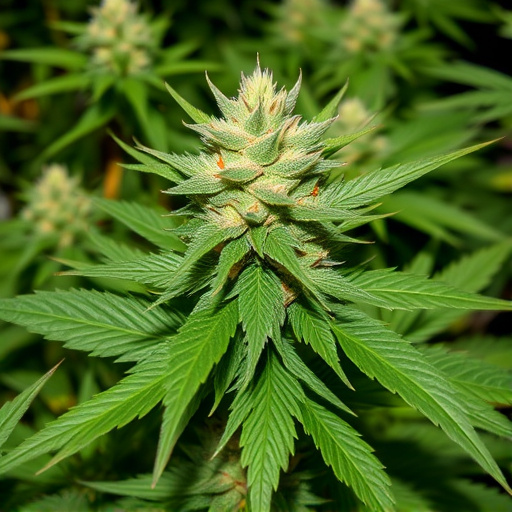
THC, or tetrahydrocannabinol, is a key compound found in cannabis plants that interacts with our bodies’ endocannabinoid system. This system plays a crucial role in regulating various physiological processes, including appetite and hunger. When THC enters the body, it binds to specific receptors in the brain, leading to a complex interplay with hormones that control hunger.
Classic cannabis strains known for their high THC content have been studied for their potential effects on these hunger hormones. Research suggests that THC can stimulate the release of certain hormones, such as ghrelin, often referred to as the “hunger hormone.” Typically, ghrelin levels decrease after a meal, but THC may disrupt this normal regulation, potentially leading to increased feelings of hunger. This effect is particularly noticeable in individuals who consume cannabis before or during mealtimes.
The Impact of Classic Cannabis Strains on Appetite
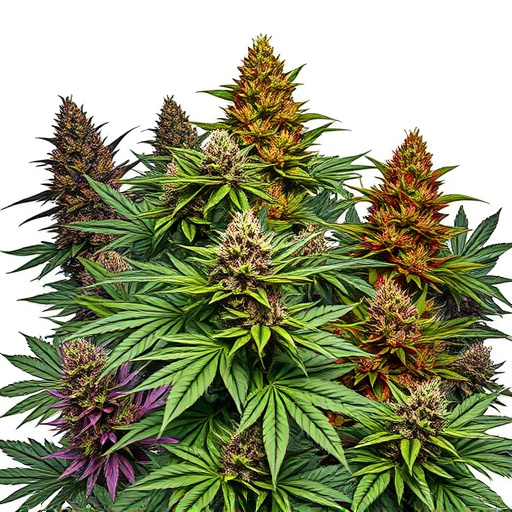
Classic cannabis strains have long been associated with increased appetite, a phenomenon often referred to as “munchies.” This effect is primarily attributed to tetrahydrocannabinol (THC), one of the most prominent compounds in cannabis. THC interacts with the endocannabinoid system, which plays a crucial role in regulating hunger and metabolism. When THC binds to receptors in this system, it can stimulate appetite by signaling the brain to release hormones like ghrelin, known as the “hunger hormone.”
The impact of classic cannabis strains on appetite is well-documented, with studies showing that THC can significantly increase food intake. This effect is particularly pronounced in individuals who are cannabis naive or have a low tolerance. The experience can vary across different classic strains, from sativa-dominant varieties known for their uplifting effects and increased energy levels, to indica-rich strains that induce relaxation and drowsiness, both of which can influence eating behaviors in unique ways.
Potential Benefits and Considerations for Users
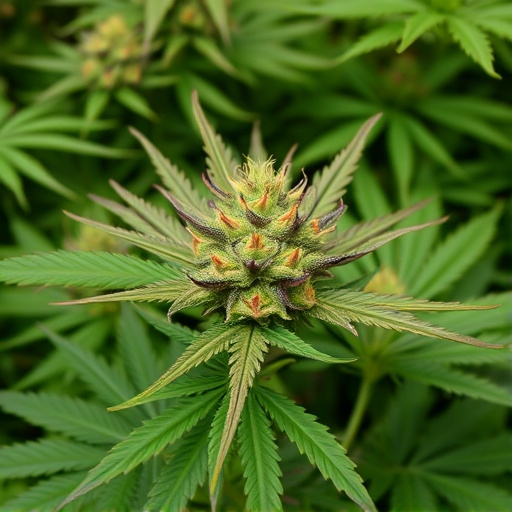
The impact of THC on hunger hormones offers both potential advantages and considerations for users, especially those interested in classic cannabis strains known for their robust effects. On one hand, THC has been shown to stimulate appetite, which can be beneficial for individuals struggling with eating disorders or conditions like anorexia nervosa. This effect is well-documented, particularly in medical studies involving patients undergoing cancer treatments who often experience significant weight loss and reduced appetite. By mimicking the natural endocannabinoid system’s role in regulating hunger, THC may help promote increased food intake and improve overall nutritional status.
However, it’s essential to consider that not all users will experience heightened hunger after consuming THC-rich classic cannabis strains. Individual responses can vary greatly, influenced by factors like tolerance, dosage, and personal biochemistry. For some, especially those without a history of appetite issues, the effect might be negligible or even lead to disinterest in eating. Moreover, excessive THC intake could potentially disrupt normal eating patterns and contribute to unhealthy food choices, emphasizing the importance of responsible use and understanding one’s own body’s response.
THC’s influence on hunger hormones is a complex interplay that offers both potential benefits and considerations. Research into classic cannabis strains reveals their ability to stimulate appetite, which can be advantageous for medical users facing eating disorders or weight loss due to illness. However, individual responses vary, emphasizing the need for personalized use and further study. Understanding these effects is crucial in navigating the therapeutic applications of THC, especially within the context of classic cannabis strains.

